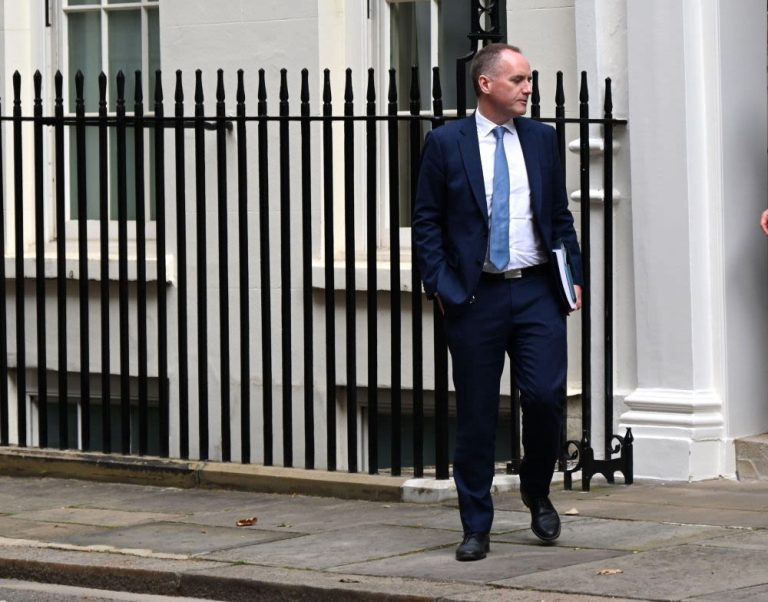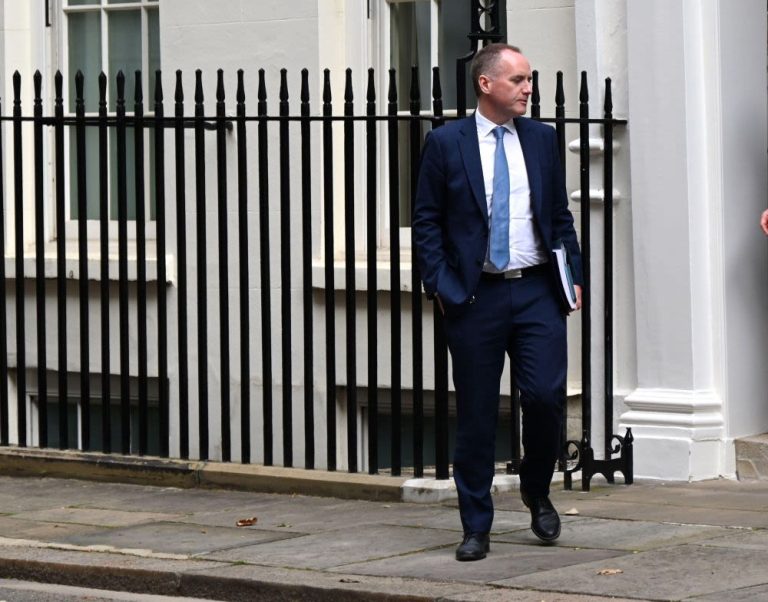
Fund managers brace for a tougher year ahead
The latest Bank of America European fund manager survey reveals a marked shift in sentiment. Over 40 percent of respondents now believe the global economy will weaken over the next 12 months, up from just 31 percent a month ago. A combination of erratic US trade policies and softer consumer demand has left many investors bracing for choppier waters.
Inflation fears hit multi-month highs
Alongside a gloomier economic outlook, expectations for inflation are also on the rise. The proportion of fund managers predicting higher inflation in the coming year jumped to 18 percent, the highest reading since May. This surge comes amid renewed anxiety over President Trump’s sweeping tariffs, which have disrupted global supply chains and pushed prices up in key sectors such as manufacturing and agriculture.
Stagflation worries intensify
As the survey notes, 58 percent of fund managers now view US administration policies as a drag on growth while simultaneously fuelling inflation – an uneasy combination that points to the spectre of stagflation. In practical terms, this means high prices and rising unemployment set against a backdrop of stagnant economic activity, a scenario that central banks find particularly difficult to navigate.
Trade war remains the top systemic risk
Despite an uptick in inflation concerns, the most commonly cited threat to markets remains the risk of a full-blown trade war triggering global recession. Many investors warn that ongoing tit-for-tat tariffs could spook corporate earnings and spark capital flight. Others, however, are increasingly fixated on the possibility that persistent price pressures will derail hopes for an interest-rate cut by the Federal Reserve in September.
Europe offers a glimmer of optimism
While sentiment towards global markets has soured, there is cautious hope on the Continent. Some 35 percent of fund managers expect Europe to outperform next year, outpacing all other major regions. Even inflation in the Eurozone looks set to moderate – 23 percent of respondents foresee lower European price growth over the same period.
Germany’s fiscal boost under the spotlight
Investors point to recent fiscal stimulus measures in Germany as a key catalyst for improved European GDP. The package, which injects capital into infrastructure projects and offers targeted tax relief, is designed to kick-start the country’s flagging economy after several quarters of tepid growth. Alongside Germany, the European Central Bank’s commitment to further easing is viewed by over 10 percent of survey participants as a driver of lower borrowing costs and scaled-up bank lending.
Market favourites and laggards identified
Despite short-term caution on European equities – many fund managers predict that tariff-related volatility is not yet over – the long-term outlook remains relatively upbeat. In fact, almost nine in ten respondents are optimistic about European stocks over a multi-year horizon. Financials topped the list of sectors expected to outperform, closely followed by insurers, thanks to rising interest-rate optimism and stronger capital positions.
- Best bets: Banks and insurance companies, buoyed by higher yields and regulatory reforms.
- Underperformers: Automotive manufacturers and retail chains, which face ongoing headwinds from tariffs and depressed consumer spending.
Switzerland’s surprise pinch point
Notably, Switzerland has slipped in investor favour. Following the imposition of a 39 percent US tariff on certain Swiss goods, fund managers now view the Swiss market with increased scepticism. The move has underscored the vulnerability of small, open economies to unilateral trade actions and has prompted calls for greater economic diversification.
Key takeaways for investors
The survey paints a picture of cautious repositioning by the world’s leading asset allocators. While the immediate outlook is clouded by trade tensions and inflationary pressures, Europe still holds appeal for those seeking relative stability. In practice, this means that portfolio strategies should:
- Remain flexible on regional exposures, with a tilt towards sectors that can benefit from a higher-for-longer interest-rate environment.
- Keep a close eye on central bank communications, particularly from the Federal Reserve and European Central Bank.
- Monitor trade policy developments closely, as any escalation could trigger renewed market volatility.
As fund managers recalibrate their expectations, these insights will shape investment decisions in the months ahead, guiding capital towards areas with the best risk-reward prospects.




